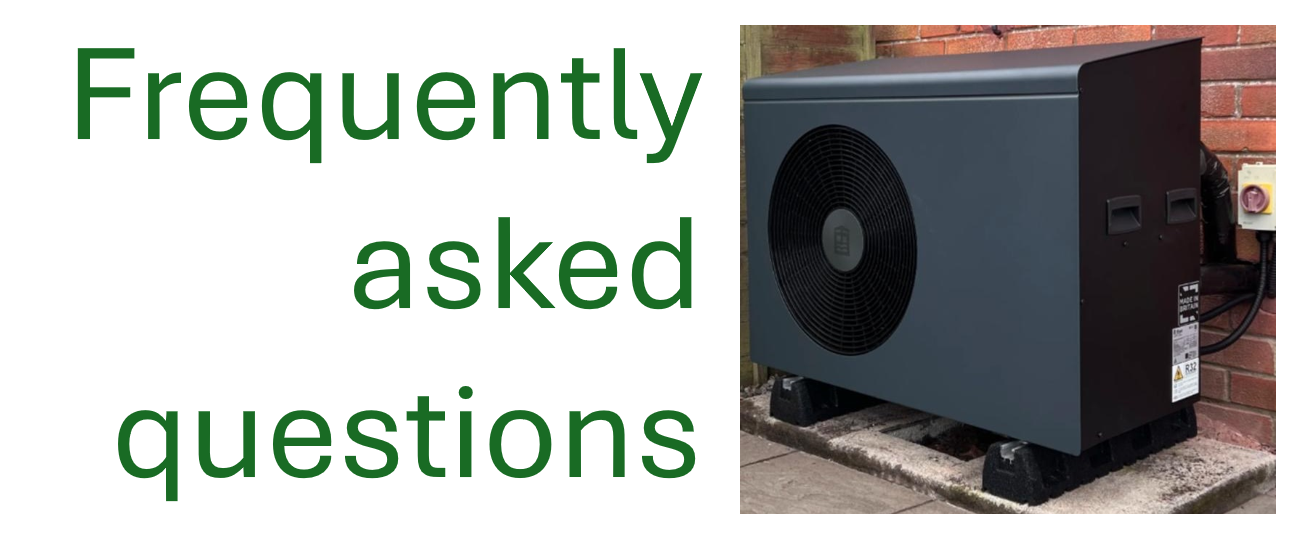
Frequently asked questions
How does a air source heat pump actually work?
Heat pumps capture heat from air outside, which is then passed through a heat exchanger. This is then absorbed by the refrigerant gas, raising the temperature, after which it is moved to a compressor, where pressure is applied to create a higher temperature. In turn, this heat is transferred to your central heating system water, and used to heat up your radiators and domestic hot water cylinder.
But how can a heat pump work when it’s cold outside?
Even in cold weather, heat pumps work by extracting heat from the outside air and transferring it indoors, using a refrigerant that can absorb heat even at low temperatures, and then compressing it to raise the temperature further.
Simply put, there is always some degree of heat in the air. If it is zero degrees outside, the air is warmer than if it was Minus 5 degrees outside. If it’s Minus 5 outside, the air is warmer than if it was Minus 10, and so on.
To put your mind at rest here, around 60% of Norwegian properties are heated by heat pumps. Suffice it to say, Norway is a much colder country than ours!
I have solar electric panels (Solar PV) Will this affect me having a heat pump?
In a word, yes! But in a good way. If you have solar PV, you could enjoy free heating during daylight hours even in winter. If you have a storage battery for your solar, you could even enjoy free heating after dark.
